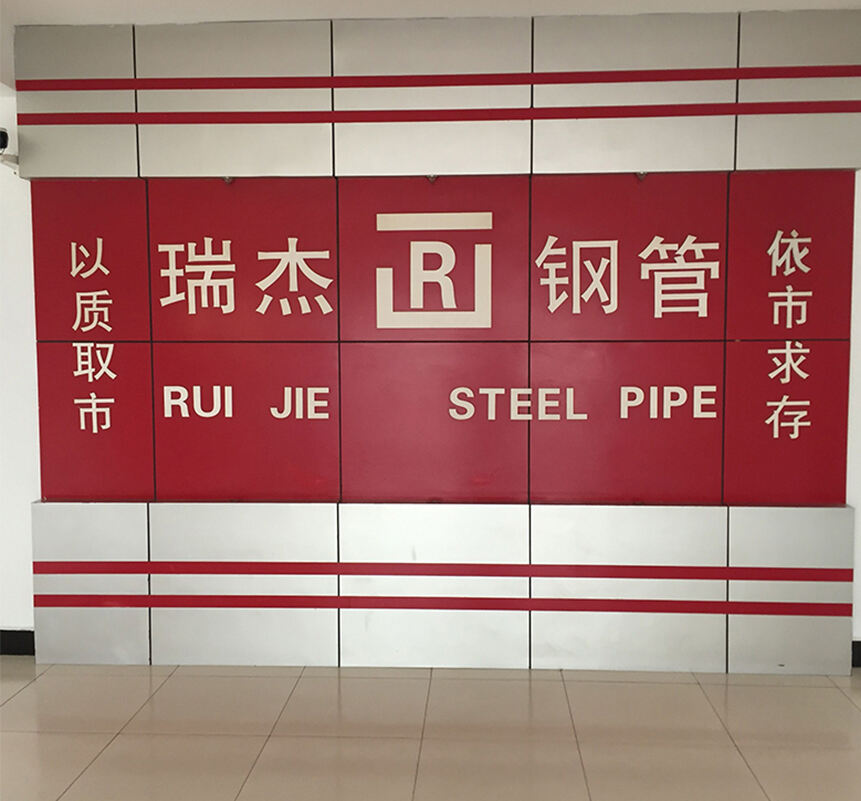3PE external anti-corrosion pipeline is a widely used anti-corrosion technology, mainly used for external surface anti-corrosion of oil and gas pipelines and urban water supply pipelines. 3PE stands for three-layer polyethylene, which is a composite coating system consisting of three layers:
3PE external anti-corrosion pipeline is a widely used anti-corrosion technology, mainly used for external surface anti-corrosion of oil and gas pipelines and urban water supply pipelines. 3PE stands for three-layer polyethylene, which is a composite coating system consisting of three layers:
FBE primer layer (fused epoxy powder): As the first layer, the FBE layer provides good bonding to the steel pipe matrix and has excellent chemical anti-corrosion properties.
Adhesive layer: The middle layer acts as an adhesive to ensure the bonding between the FBE layer and the outer polyethylene layer, while providing a certain mechanical strength.
Polyethylene outer protective layer: The outermost layer is high-density polyethylene (HDPE), which provides mechanical protection, waterproofing and resistance to environmental erosion.
The characteristics of 3PE anti-corrosion layer include:
Good mechanical properties and electrical insulation properties.
Low water permeability enhances the waterproof performance of the pipeline.
It has good resistance to cathodic stripping and is suitable for cathodic protection technology.
Resistant to plant root puncture and microbial erosion, suitable for various soil environments.
It has strong adhesion to steel pipes and good impact resistance, providing additional mechanical protection.
The production process of 3PE anti-corrosion steel pipes includes sand blasting and rust removal on the outer surface of the steel pipe, preheating treatment, epoxy powder spraying, adhesive coating, polyethylene layer extrusion and winding, etc.
Reasons for the failure of the 3PE anti-corrosion layer may include:
Improper surface treatment results in weak bonding between the anti-corrosion layer and the steel pipe matrix.
Poor construction quality, such as insufficient anchor pattern depth, affects the bonding strength of the anti-corrosion layer.
Cathodic protection tests show that abnormal power-off potential may cause the anti-corrosion layer to peel off.
The technical level of on-site construction workers is low, which affects the quality of construction.
Research on the peeling mechanism of 3PE anti-corrosion layer shows that thermal residual stress, cathode peeling, penetration of corrosive particles and defects of the anti-corrosion pipe itself are the main factors causing peeling.
In order to improve the peeling resistance of the 3PE anti-corrosion layer, the coating process and quality control level need to be optimized. At the same time, the influencing factors of the anti-corrosion layer failure should be analyzed and studied to provide a theoretical basis for taking effective protective measures.
3PE anti-corrosion steel pipes have broad application prospects. With the increase in oil and gas pipeline construction, the anti-corrosion industry will usher in a golden development period. In addition, 3PE anti-corrosion technology is also suitable for urban water supply pipelines, helping to improve water quality and extend pipeline life.
During the construction and maintenance process, it is necessary to pay attention to the damage of the 3PE anti-corrosion layer and adopt appropriate repairing techniques to ensure the integrity and effectiveness of the overall anti-corrosion layer.
In general, 3PE external anti-corrosion pipelines have been widely used in the construction of buried pipelines at home and abroad due to their excellent anti-corrosion properties and long service life.
| Thickness of anti-corrosion layer | ||||
| Nominal pipe diameter DN | Epoxy power coating(μm) | Adhesive layer(μm) | The minimum thickness of the coating(㎜) | |
| (G)General | (S)Enhanced | |||
| DN≤100 | ≥80 | 170~250 | 1.8 | 2.5 |
| 100<DN≤250 | 2 | 2.7 | ||
| 250<DN<500 | 2.2 | 2.9 | ||
| 500≤DN<800 | 2.5 | 3.2 | ||
| DN≥800 | 3 | 3.7 | ||
| Performance indicators of polyethylene layer | ||||
| Number | Item | Performance indicators | Test method | |
| 1 | Tensile strength | (MPa)Axial | ≥20 | GB/T1040 |
| (MPa)circumferential direction | ≥20 | GB/T1040 | ||
| deviation(%)1) | ≤15 | |||
| 2 | Elongation at break(%) | ≥600 | GB/T1040 | |
| 3 | Resistant to environmental stress cracking(F50)(h) | ≥1000 | GB/T1842 | |
| 4 | Indentation hardness(mm) | 23℃±2℃ | ≤0.2 | F attached to this standard |
| 50℃±2℃或70℃±2℃2) | ≤0.3 | |||
| Performance indicators of anti-corrosion layer | |||||
| Number | Item | Performance indicators | Test method | ||
| Second layer | Third layer | ||||
| 1 | Peel strength(N/cm) | 20℃±5℃ | ≥70 | ≥100 | G attached to this standard |
| 50℃±5℃ | ≥35 | ≥70 | |||
| 2 | Cathodic stripping(65℃,48h)(㎜) | ≤8 | B attached to this standard | ||
| 3 | Impact strength(J/㎜) | ≥8 | H attached to this standard | ||
| 4 | Resistant to bending(2.50) | Polyethylene without cracking | J attached to this standard | ||

Our friendly team would love to hear from you!